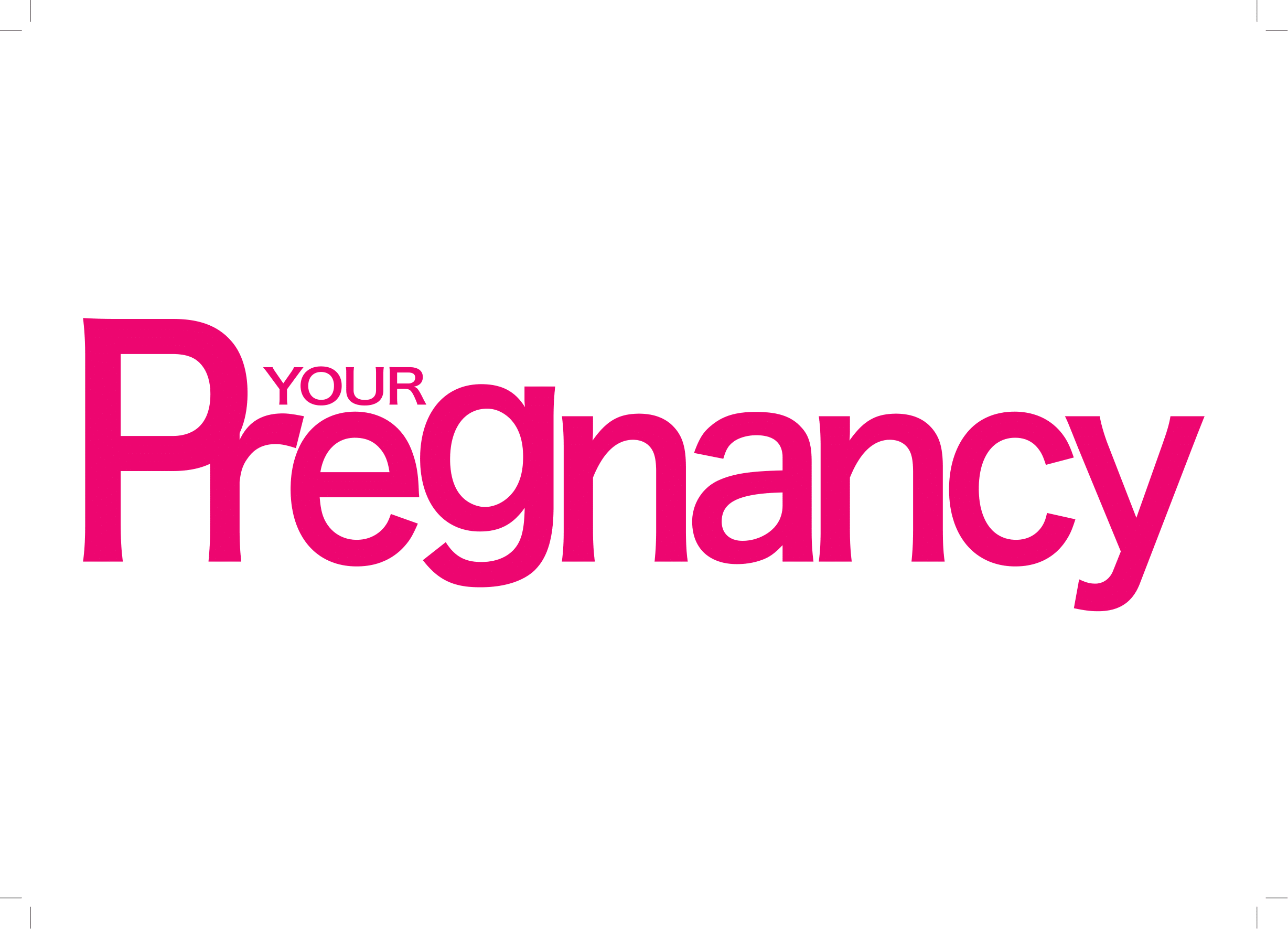
Labour is defined as that period from the time that your cervix begins to thin and open until the moment the baby is born. Although it is divided into 3 parts, it is one process that moves through stages as the uterus opens up, expels your baby and the placenta, and closes again.
Pre-labour
During the pre-labour phase, it is common to experience both thinning and opening, even though the more obvious symptoms of labour have not yet started. This is a good sign as it indicates that your body has already quietly started the process and the other signs will appear soon. This early labour-like activity is not painful or uncomfortable
First phase/true labour:
Contractions start
The onset of true labour has arrived when you experience uterine contractions that are rhythmic, tightening and releasing in a distinct manner. Because these early contractions are not painful, many women are not convinced that their labour has indeed begun.
The longitudinal and oblique muscle fibres of the upper part of the uterus (the fundus) retract as well as contract, shortening and thickening the fundus, while the lower circular uterine muscles are pulled open by the activity of the longitudinal muscles.
What the contractions do
This pushes the baby downward, forcing the circular fibres to open further. The internal opening dilates first, making the cervix funnel-shaped. The contractions come at fairly regular intervals, gradually becoming more frequent and stronger.
The show/mucus plug
Before or after you have experienced the first contraction, you may notice that the uterine seal or the mucous plug that prevents bacteria from entering the uterus has come away. This “show” may be a thick or stringy blob of mucus that may be tinged pink or completely clear.
Waters break
At some time, you may experience a slow leaking or a sudden gush of clear liquid from the vagina. This means that the membranes surrounding your baby have released, either with a small break or a larger break releasing the water that surrounds your baby.
This doesn't always happen in the first stage of labour – it could occur only late in the second phase, or even a few days before you go into labour. If your waters break, contact your midwife or doctor to find out what you should do.
Lower back pressure and heaviness in the pelvis
As your baby starts to move deeper into your pelvis, you will become aware of lower back pressure and “heaviness” in the pelvis. Many women report feeling these sensations long before labour starts, as their babies settle deep into the pelvis while other babies only “head down” once labour has started in earnest.
Second phase
Cervix thins out and opens up and contractions continue
As labour advances your cervix continues to thin out and open up. The contractions usually last no more than 35 to 45 seconds at this point. Stay as upright and relaxed as possible during contractions so that this phase advances quickly. Get used to releasing tension as your uterus works, so that when your contractions gain momentum and become more intense you will be used to relaxing, instead of tensing up.
Your baby's head begins to move further down towards the pelvic floor
As you reach the end of this phase, your contractions become strong and close together. Your baby’s head slowly moves further down towards the pelvic floor. At this stage it is normal for you to lose track of time. You may move in and out of awareness as endorphins, nature’s narcotic, take you into a dream-like state.
Third phase
Crowning
Your baby gradually descends to the rim of the perineum and his head becomes visible. This is known as crowning. At this time you will be pushing with each contraction. This is the most tiring part of labour, but you will feel relief and excitement as you realise that the birth of your baby is imminent. Work with your body’s signals and it won’t be long until your baby is in your arms.
The final phase
Delivering the placenta
The last phase of labour is complete once the placenta has been delivered. This is the shortest part of labour and is usually not painful. With a gentle pulling and a little pushing, your placenta will pop out and the uterus will close itself off to prevent excessive bleeding. Your perineum and vagina will be checked for tears and your vital signs will be monitored.
Once you and your baby have been checked, the medical staff will leave you alone with your partner and baby, to bask in the glory of your new family.




 Publications
Publications
 Partners
Partners














